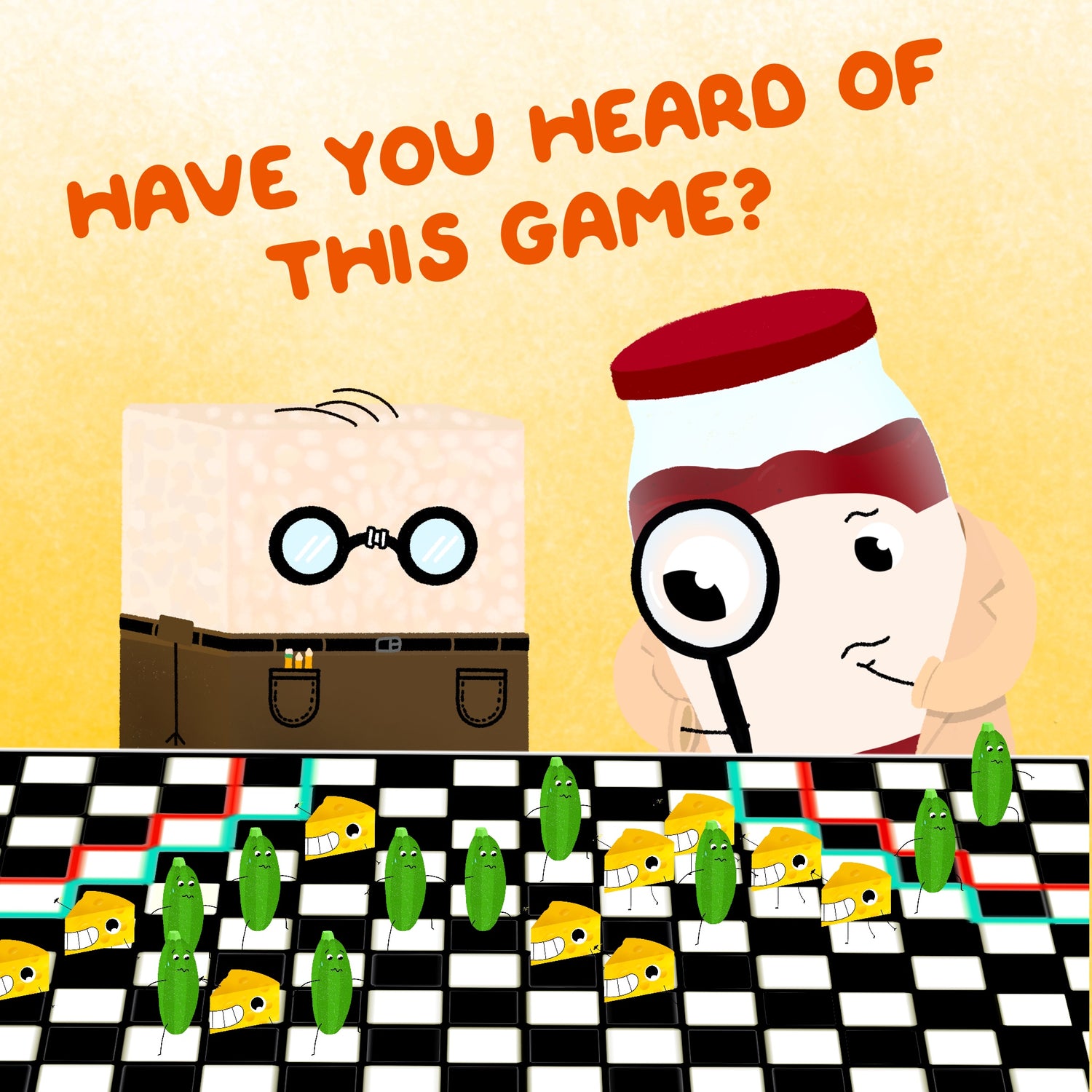
Hidden Gems #1 - Halma
Introducing Halma, the famous game you've never heard of!
According to Wikipedia, Halma was first created by surgeon George Howard Monks while he was at Harvard Medical School sometime in 1883-84.

The game consists of 4 colored sets of 13 pawns, which cross the board one space at a time, unless they jump over their own or an opponent's pieces.

Sound familiar? Well, if you thought "Chinese Checkers", you're right!

Only a few years later in 1892, a German version called "Sternhalma", meaning "Star Halma", was invented, and remarketed in the United States as "Chinese Checkers", and the original game eventually faded to obscurity.

So, how did I learn about it? One of my favorite children's books! In Edith Nesbit's "The Magic City", the two children come across a place where the Halma-men live under the tyranny of a giant, monstrous sloth (yes, this story is TRIPPY).
Sound interesting? Check it out. You never know what classic may be a new favorite! (Both the book and the game!)
Have you played the game? Which is better? Chinese Checkers or Halma? Why?
Leave your votes in the comments below! ⬇️⬇️
By Reed Nickell,
Co-Founder of Be Game Social
Sources:
https://en.wikipedia.org/wiki/Halma
https://en.wikipedia.org/wiki/George_Howard_Monks
https://en.wikipedia.org/wiki/Chinese_checkers
Images Sources
https://en.wikipedia.org/wiki/George_Howard_Monks
http://www.cyningstan.com/game/70/halma
https://www.amazon.com/Chinese-Checkers-Made-in-USA/dp/B002VH00VY
https://www.goodreads.com/book/show/97089.The_Magic_City
Additional Resources:
E. Nesbit's The Magic City is available in the public domain. Try it for yourself at Project Gutenberg here, or wherever books are sold!
